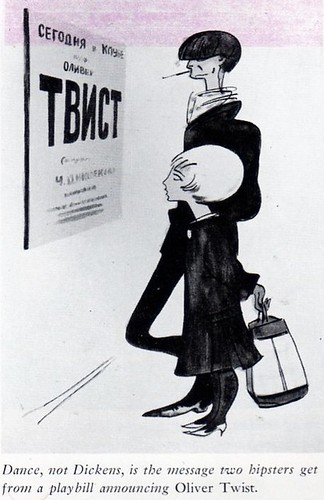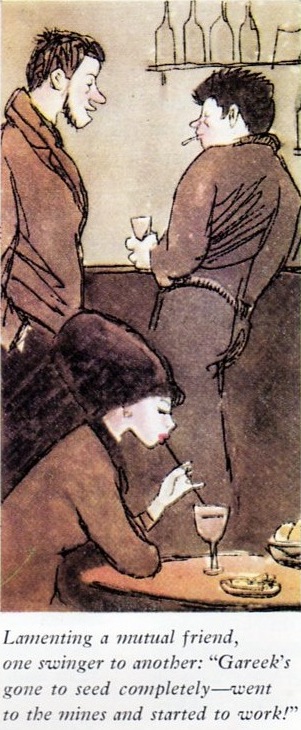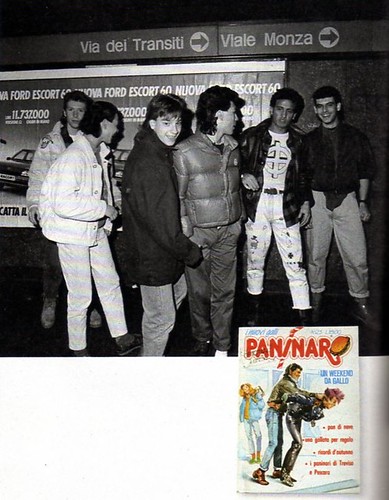
These days taking pot shots at the print media is like shooting fish in a barrel. Nonetheless, I feel I should say something when the New York Times reviews a book in their Sunday edition which is then reviewed in the Sunday edition of the Boston Globe. This wouldn't be such a big deal if not for the fact that the New York Times Company owns the Boston Globe. Jaysus, lady, let up on the leash a bit will ya? True, the Globe review has the added appraisal of seemingly more interesting book, but with the plethora of books being churned out is there really any good excuse for this laziness? Whatever, either way the subject matter of Bright Young People provides me with a segue for a follow up to my post titled 'An Aristocracy of Idiots.' Feeling like that post was a bit on the rantish side and might have come across like some GOP radio hack railing against the undefinable liberal, I decided I would more properly define my opinions on Hollywood liberals and celebutantes.
To clarify, the Bright Young People were essentially the prototype to the living dead we call celebutantes today. These include people like Paris Hilton, Kim Kardashian and Nicole Richie. There is one more stage of development between the BYP and the celebutantes but I will get to that later. In the mean time, it should be stated that the BYP (and by default the celebutantes) are the antithesis to the Hollywood liberal. To start with, the BYP included some of the Mitford sisters who were either fascists or communist. Secondly, the weltanschauung of the BYP/celebutantes is entirely opposed to that the Hollywood liberal. The BYP and the celebutantes see their wealth, privilege, media exposure and the occasional esteemed last name (note: this doesn't really apply to the celebutantes as being heirs to atrociously corporate hotels or The Man Who Ruined Motown are hardly what one would call esteemed) as a license to bypass all those troubling things boring, normal people deal with, such as: literacy, coherent thought and speech, and the ability to behave in a reasonable fashion in public. The way they see it, the world is their oyster and standards of human decency don't apply to them. As such they are entitled to all the pleasures the world has to offer and in the most decadent way possible because... well, just because they can. As such, the reign of the celebutante is a form of inverse aristrocracy as they are generally far dumber and far less capable of producing anything of worth than members of the general public. While the BYP may have shared the same attitudes and outward apprearances, as James O'Meara has noted they used to speak with improper english because they felt they owned the language, they still hung around with various artists and writers of the time, so in effect they were still aristocrats on the surface for being in close proximity to actual culture. So how did we get from there to here? The missing link is, of course, Andy Warhol and the denizens of the Factory.
While stupid people take Warhol's misquoted "15 minutes" bit to essentially mean "every dog has his day", Warhol was really taking democracy to its logical conclusion. The people who hung around the Factory were generally junkies, prostitutes and weirdos who in the social order of things would be considered beneath the general public. They didn't really work, some were mentally unstable such as the famed Valerie Solanas, and none really contributed to society in any way other than taking up space, and this is why they were such perfect subjects for Warhol's art. Warhol intended and succeeded in making celebrities out of people who by all other accounts were utterly worthless. As such, Warhol was saying that anybody, even the lowest segments of society, could achieve media exposure and thus fame and thus legitimation within the Spectacular society. This is where consumer capitalism, atomized individualism and a democracy which claimed that every person had a voice which should be heard was heading and did, in fact, end up. Consumer capitalism made commodities out of people, the totality of visual media made it so these human commodities could be consumed as images, atomized individualism provided the disconnect from any external realities and democracy provided the justification that anyone could achieve this level of hyperreality.
So there you have it. And now on to the Hollywood liberals, who as we shall see, are actually infintely worse. So while the celebutantes, like Warhol's studio hands and the Bright Young People before them, use their celebrity and wealth to escape from the responsibilities of reality which most people take for granted, the Hollywood liberal finds that his or her celebrity status has elevated their realness. The celebutante phenomena is really an exercise in mass solipsism, but the Hollywood liberal believes that because people like the movies they are in, either because they are decent actors or because they are pretty, they are more real than normal people and in a greater position to change the world around them. In my humble opinion, this is a far more frightening delusion than thinking the world ceases to exist when you close your eyes. The Hollywood liberal finds that the hyperreality they inhabit elevates their humanity rather than diminishes it and rather than being personalized commodities which we, the consumers, can either identify with, hate or lust after, they are role models and/or spokespersons for various political causes. Now there is certainly nothing wrong with actors having political opinions or even expressing them. One has to give it to Vanessa Redgrave who thanked the Academy for not being, "intimidated by the threats of a small bunch of Zionist hoodlums", and the late Paul Newman's social enterprise continues to be an example of positive capitalism. But these were people with political opinions who happened to be actors. Being in the public light does not make one worthy of extolling the virtues of whatever feel good, moralistic bullshit is hot this year. In fact, no one should extol such ludicrousness, they should read a book instead and stop submitting to the tyranny of image.









